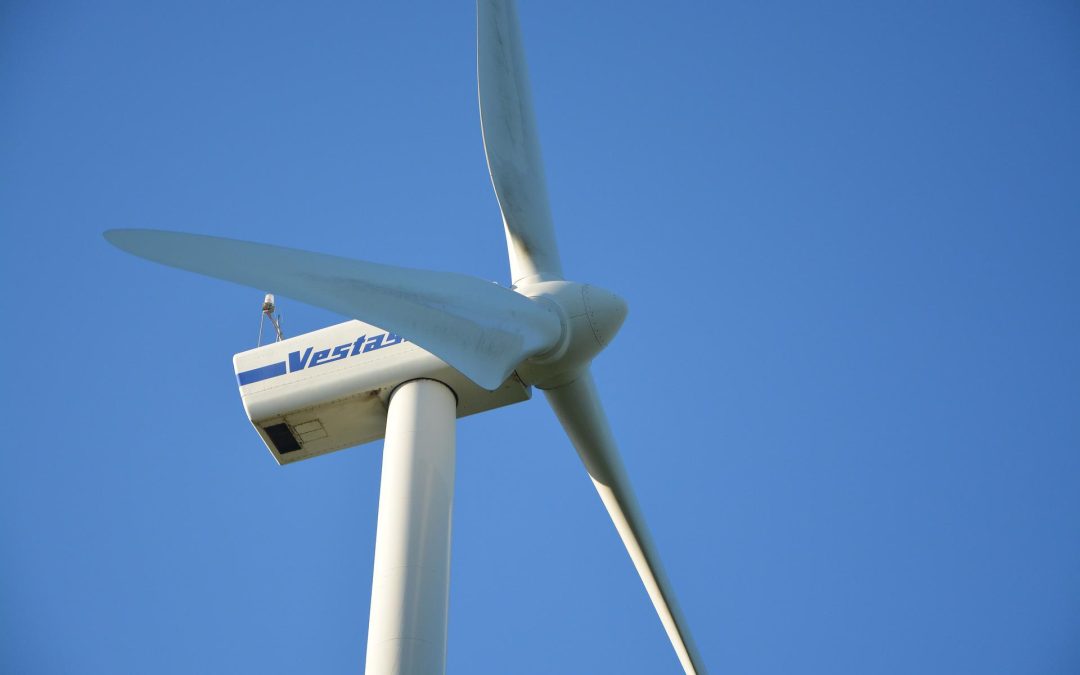Harnessing Renewable Energy
Wind turbines for RVs are a great way to generate renewable energy while you’re on the road. They can help you save money on your energy bills and reduce your reliance on fossil fuels.
If you’re considering installing a wind turbine on your RV, there are a few things you need to know. First, you need to make sure that the wind turbine is the right size for your RV. You also need to consider the cost of the wind turbine, installation, and maintenance.
In this post, we’ll discuss the pros and cons of wind turbines for RVs, as well as some of the things you need to consider when choosing a wind turbine. We’ll also provide some tips on how to install and maintain your wind turbine.
Advantages of Wind Generators
Cost-effectiveness
The cost of using a wind generator is less than 5 cents per kWh. That’s about half the cost of solar power. Installation and initial investment for an RVer are significantly less for a wind generator than for equivalent power-capable solar panels.
Environmental friendliness
As they harvest renewable resources, both solar and wind setups don’t cause damage to the environment, don’t deplete an energy source, and don’t rely on the power grid. Going off the grid is especially valuable for RVers who boondock, or those who are caught up in a natural disaster that can cause a power outage. To be able to provide your own electrical power to your RV without using shore power or a generator could be a real asset.
Off-grid living
Having both solar power, which is most efficient on bright sunny days, and wind power, which can be efficient both on sunny as well as overcast, cloudy, or stormy days, could reap an RVer the best of both worlds. With two power sources, you should be able to run just about everything in your RV and keep your battery charged.
Tax breaks
Per the Bipartisan Budget Act of 2018: “A taxpayer may claim a credit of 30 percent of qualified expenditures for a [residential renewable energy] system that serves a dwelling unit located in the United States that is owned and used as a residence by the taxpayer.” Motor homes can fall under the definition of a principal residence—if it’s actually your principal residence, of course—but check with your tax advisor to see if you qualify for an energy efficiency tax credit.
Disadvantages of Wind Generators
Dependence on wind
Some of the drawbacks to wind generators most likely to affect RVers include the need for wind. Without a consistent wind source, the turbine will not generate power.
Noise
The turbines can be noisy, which may be a disturbance to you or your neighbors at campgrounds.
Efficiency
The possibility that turbines might only operate at only 30 percent capacity depending on conditions could make them less efficient than solar panels in certain situations.
Damage from lightning storms
The potential that turbines can be damaged in lightning storms is another concern, as these events could render your wind power system inoperable.
Combining Wind Turbines with Solar Panels
Wind turbines are often best used in conjunction with solar panels, as both rely on specific atmospheric conditions. If you have both, the odds are better that one will be able to generate power at any given time. This combination can provide a more consistent and reliable source of energy for your RV, reducing your dependence on traditional power sources and giving you more flexibility in where you can travel and park.
Conclusion
In summary, wind turbines can be a valuable addition to an RV’s power system, offering cost-effective, environmentally friendly, and off-grid living opportunities. While there are disadvantages, such as the dependence on wind, noise, efficiency, and potential damage from lightning storms, combining wind turbines with solar panels can create a more dependable energy system for your RV. It’s essential to carefully consider your specific needs, location, and budget before deciding on the best renewable energy solution for your RV.
FAQs
- How much wind is needed for a wind turbine to generate power for an RV?
Most small wind turbines require a minimum wind speed of 5-8 mph to start generating power. However, the turbine’s efficiency increases as wind speeds increase, so more wind generally means more power generated. - Can I install a wind turbine on my RV myself?
While it’s possible for a knowledgeable and experienced DIYer to install a wind turbine on their RV, it’s often recommended to have a professional handle the installation to ensure proper mounting and wiring. - What is the lifespan of a wind turbine?
Small wind turbines typically have a lifespan of 20-25 years. Regular maintenance, such as checking for wear and tear on moving parts and tightening bolts, can help extend the turbine’s life. - Do wind turbines require a lot of maintenance?
Wind turbines require relatively low maintenance. However, it’s essential to perform regular inspections and maintenance tasks such as lubricating moving parts, checking for corrosion, and ensuring all connections are secure. - Can I use a wind turbine in a residential area?
The feasibility of using a wind turbine in a residential area depends on local regulations and ordinances. Some areas may have restrictions on height or noise levels, so it’s essential to research and comply with any applicable regulations before installing a wind turbine.
Resources
- U.S. Department of Energy – Office of Energy Efficiency & Renewable Energy: Wind Energy Technologies Office https://www.energy.gov/eere/wind/wind-energy-technologies-office
- Southwest Windpower – A leading manufacturer of small wind generators https://www.windenergy.com
- American Wind Energy Association – A national trade association for the U.S. wind industry https://www.awea.org
- EnergySage – A comprehensive resource on solar energy, including information on solar panels for RVs https://www.energysage.com/solar/solar-energy-for-your-rv/.
- U.S. Internal Revenue Service (IRS) – Information on Residential Renewable Energy Tax Credit https://www.irs.gov/credits-deductions/individuals/residential-energy-efficient-property-credit-section-25d-at-a-glance
Featured Image Credit: JACLOU-DL / Pixabay

